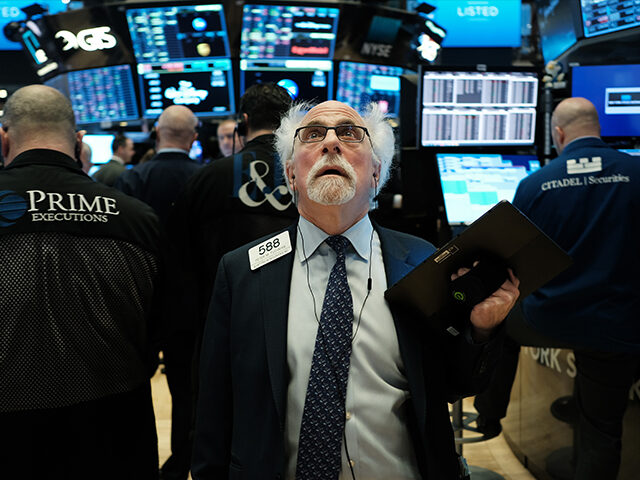Economic growth appears to have accelerated in the third quarter, which unfortunately means that monetary policy will likely have to be even more restrictive and the odds of a “soft landing” are even narrower.
We’re in a good news is bad news cycle right now. Every piece of good news about economic growth will be interpreted by the Federal Reserve as a sign that financial conditions are not tight enough to bring down inflation. Stock market rallies, for example, may feel like a nice relief from the bear market, but they are a form of loosening of financial conditions and, if sustained, will bring on higher interest rates.
Last week we got good news on the trade deficit in goods. It narrowed significantly in August, shrinking 3.2 percent to $87.4 billion. This was driven by a 6.4 percent decline in imported “industrial supplies,” a category that includes petroleum and petroleum products. It looks like what happened is that the price of oil fell, reducing nominal imports.
A shrinking deficit, however, adds to Gross Domestic Product. The Atlanta Fed’s GDPNOW model said the decline in the trade deficit of goods was strong enough to add a full percentage point to its tracker.
Similarly, wholesale inventories rose by 1.3 percent in August, more than double the previous month and far more than the 0.4 percent expected. That was good for another 0.36 percentage point in GDPNOW. Consumer spending was much stronger than expected, rising 0.4 percent last month after falling 0.2 percent in July. That was twice what was expected and added 0.38 percent to GDPNOW.
After losing a bit on the weaker-than-expected construction spending figures on Monday, GDPNOW currently has the economy growing at a 2.3 percent rate in the just ended third quarter.
The Fed is likely to see all of these signs of growth as inflationary or at least as evidence that the economy can handle still higher interest rates. This makes it more likely that the terminal rate—when the Fed stops hiking—will be at or even above five percent. That’s not what financial markets are expecting now.
There’s a risk this week of good news sparking an interest rate panic. Stronger-than-expected figures for the labor market would likely cause investors to reevaluate the path of rates. We’ll get the Job Openings and Labor Turnover Survey (JOLTS) on Tuesday, jobless claims on Thursday, and the nonfarm payrolls report on Friday. If any or all of those come in hot, the Monday rally will look awfully imprudent.

COMMENTS
Please let us know if you're having issues with commenting.